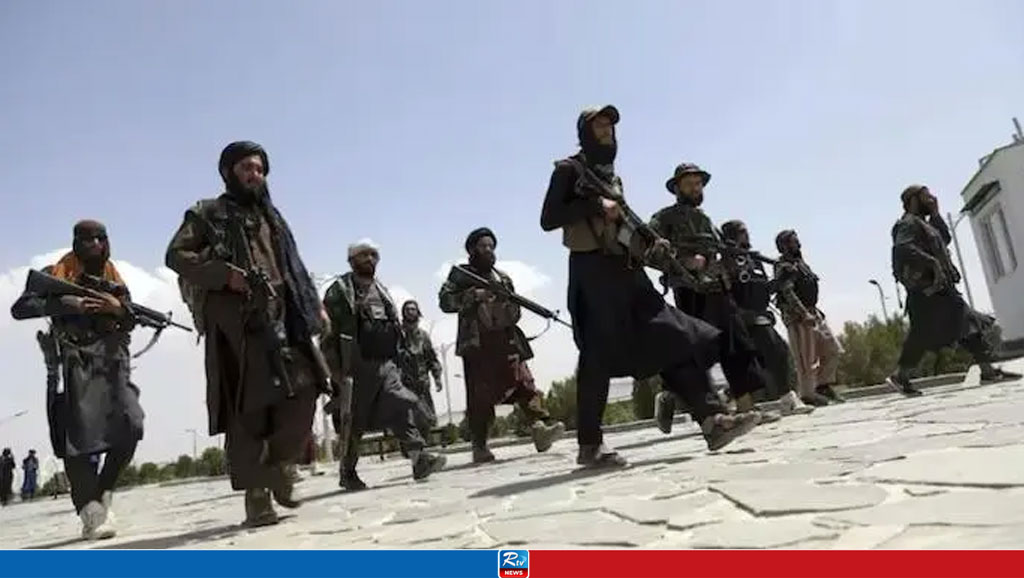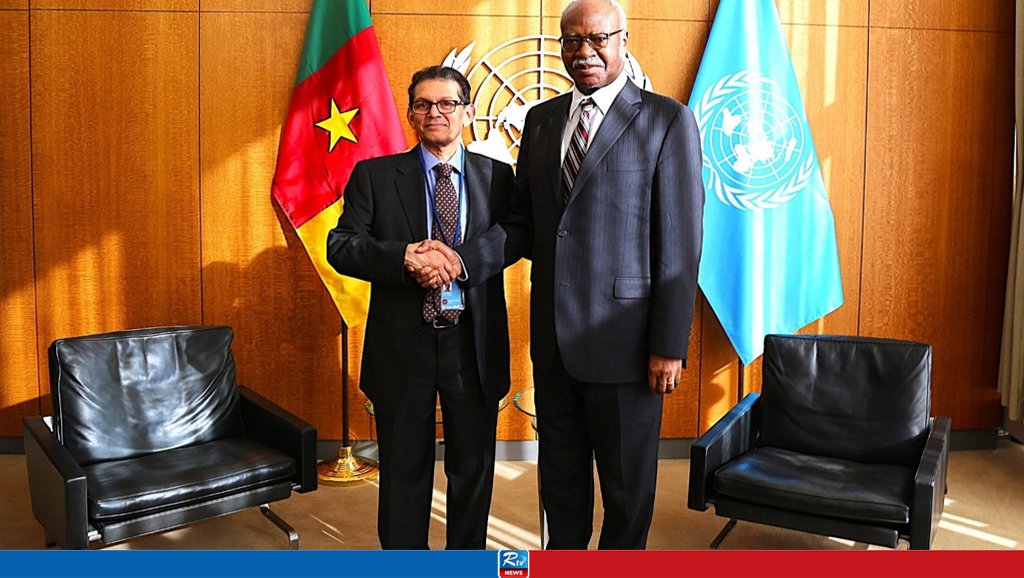The plight of minority women in Pakistan

Since the movement for its creation, Pakistan has emphsized Muslim nationhood as a unifying factor, while cultural and ethnic divergences were ignored. In the process, the position of minorities in Pakistan has remained subservient to any Muslim citizen ever since independence. And the issue of securing rights for minority women has become particularly complex in Pakistan. As Pakistan moves towards an increasingly conservative Islamist direction, the situation for Hindus, Christians and other religious minorities, especially that of women, is worsening.
Pakistan is a society dominated by the landed aristocracy, a strong army with ruthless powers and eyes fixed on taking over the government, as well as the Muslim religious parties. The situation faced by the Hindu and Christian groups in Pakistan is bad in general, but women from these communities are the worst victims of discriminatory attitudes of the authorities, political groups, religious parties, the feudal structure and the Muslim majority.
Religious minority women and girls are abducted, forcibly converted, forcibly married and abused, and their families are unsuccessful in their attempts to challenge these crimes using legal avenues. While the abductions, forced conversions, forced marriages and abuse are perpetrated by individuals, the fate of religious minority women and girls is often sealed as the existing laws or handling such cases deem any legal recourse unavailable or ineffective.Human rights groups have documented the plight of Pakistan’s religious minorities for years, but it is only recently that these minorities have become the focus of popular discourse because of revelations on social media regarding their treatment.
On the evening of August 20 in the Buner district of Khyber Pakhtunkhwa province of Pakistan, Dina Kaur, a teacher belonging to the Sikh community, was forcibly abducted and converted to Islam. Kaur was raped and married to her abductor with the help of local administration and police. The victim’s father Gurucharan Singh went to the police station but the police did not take any action. Despite massive protests by the Sikh community in the Khyber Pakhtunkhwa province over the incident, local police have failed to initiate any investigation into the abduction and forcible conversion of Dina Kaur.
Abducting for the purpose of forced conversion and marriage is a major issue in Pakistan. Most of the victims are Christian and Hindu girls and young women, forced to wed against their will to much older Muslim men. The plight of women in Pakistan is increasing day by day as a fresh report has stated that nearly 6,754 women were abducted in the country’s Punjab province in the first half of 2021. Out of that, 1890 women were raped, 3721 were tortured whereas 752 children were raped, Duniya News reported.
Particularly in Sindh province, Hindu women who work for very meagre amounts, are victims of the feudal society. They remain in debt to loans provided by the land owners for their labour in the fields. Most of the bonded labourers in Sindh are from the Hindu community and has been for many centuries. In the districts of Badin, Mirpukhas, Sanghar, Umer Kot and Tharparkar, the Hindu women were enslaved because of religious hatred and debts claimed by their masters. They are subjected to abduction, rape, arbitrary arrest, torture, displacement and killings.
The Hindus in these regions say that two madrassas — Dargah Pir Bharchundi Sharif and Dargah Pir Sarhandi — are “symbols of terror and fear”. Harris Khalique, writer and Secretary General of the Human Rights Commission of Pakistan, says madrassas provide an “institutional backing and that cannot happen if the state does not allow that. I rest the responsibility of such incidents squarely on the state, which fails its citizens.” These conversions reflect a potent mix of patriarchy, economic deprivation, and religious hierarchy, he says. “Most of these girls come from Scheduled Castes. The men they marry are mostly financially better off. Even if they are just marginally better off, they belong to a more privileged segment of society. It becomes a power dynamic.”
The abduction and abuse of Dina Kaur is not a one off incident. In September 2019, Jagjit Kaur, daughter of a local Sikh Granthi, was abducted at gunpoint from Nankana Sahib. Her abductor Mohammad Hasan forcibly converted her to Islam and married her. As her parents and local Sikh community protested, a mob comprising of hundreds of Muslims laid siege on the holy premises of Gurdwara Nankana Sahib, pelted it with stones, Sikhs offering prayers in the Gurdwara were threatened and told to vacate the city. The Muslim mob threatened to rename the city and the Gurdwara as Ghulam-e-Mustafa and pressurised the authorities to end the judicial proceedings against Mohammad Hasan.
In 2019, two sisters Reena Meghwar and Raveena Meghwar, suddenly disappeared from their home in Daharki, a city in Ghotki district of Sindh province. Both the girls later surfaced in Rahim Yar Khan district of Punjab, married to Safdar Ali and Barkat Ali, both of whom were already married and had children. The wedding took place at an office of the Sunni Tehreek, a religious organisation, after the Bharchundi madrassa converted the girls to Islam. A 2015 report by the South Asia Partnership-Pakistan in collaboration with Aurat Foundation found that at least 1,000 girls are forcibly converted to Islam in Pakistan every year. In a recent case in September 2022, Bhagwanti, a Hindu teenage flood victim girl from Shahadapur, Sanghar, Sindh, was raped for two days while she went out to get paltry ration.
The National Council of Churches in Pakistan (NCCP) said that the number of abductions of Christian girls is increasing every year. Take the case of Huma Younus, a Christian girl who was 14 at the time of abduction. In October 2019, Huma was abducted from her home when her parents were away and was taken 600 kilometres away. Her family lives in Zia Colony, a district of Karachi, whilst her husband-abductor is from Dera Gazi Khan, Punjab. Despite the fact that her family worked tirelessly to get her back, the court dismissed a “petition to have the marriage and forced conversion of a Catholic girl overturned”, stating that a girl is ready to marry after she has had her first period. Another 14-year-old Christian girl, Myra Shehbaz, was abducted in Faislabad in Pakistan by Muhammad Naqash and his accomplice while she was travelling to her workplace in April 2020. Her family has been taken to the courts. Initially, the Sessions Court in Faisalabad directed that the girl be rehabilitated in a woman’s shelter. However, the Lahore High Court later overturned the decision and ordered that the 14-year-old girl be returned to her abductor. She has since escaped from her abductor.
Religious institutions like Bharchundi Sharif and Sarhandi Pir support forced conversions and are known to have support and protection of ruling political parties of Sindh. A Pakistani journalist, Shahzeb Jillani, alleged that “Wealthy Muslim farmers see Hindu girls as fair game for abductions, rape, and prolonged sexual exploitation in captivity. Some notorious religious establishments proudly validate these alleged crimes. State institutions, the police and politicians have encouraged the trend by looking the other way.”
Lack of proper investigation, prosecution of the accused, and denial of the right to the reunification of such abducted victims with their guardians make the victims an easy and vulnerable prey to the Islamic predators. Each of the girls share the same fate of abduction, forced conversion, forced marriage and abuse. They also share similar characteristics – all young, underage, belonging to religious minorities. Their stories continue to be invisible.
Source: IFFRAS
Comments
Plane Crash in South Korea: 179 Out of 181 Onboard Killed

19 Pakistani Soldiers Killed in Border Clash with Afghan Forces

Devastating Road Accident in Ethiopia: At Least 66 Dead

Afghanistan Taliban Targets "Several Points" in Pakistan, Tensions Increase

China's Trade Tensions With US Remain High Ahead of Trump Inauguration

China Firing Preemptive Trade War Shots at Trump

UNGA President, Dr. Khalilur Rahman Discuss 2025 Rohingya Conference


 Live Tv
Live Tv




